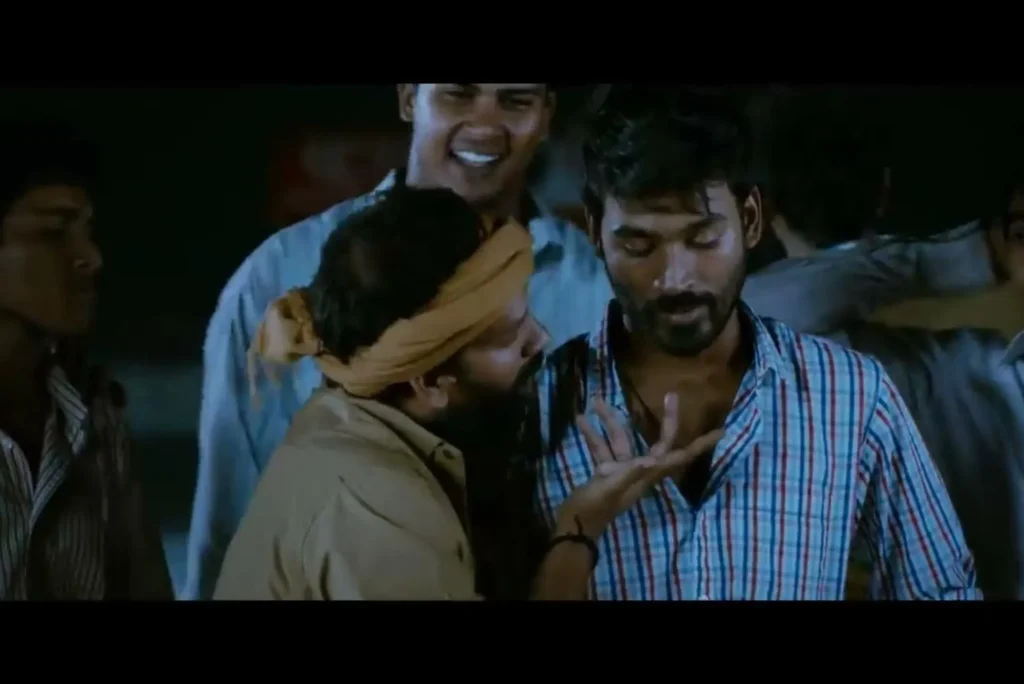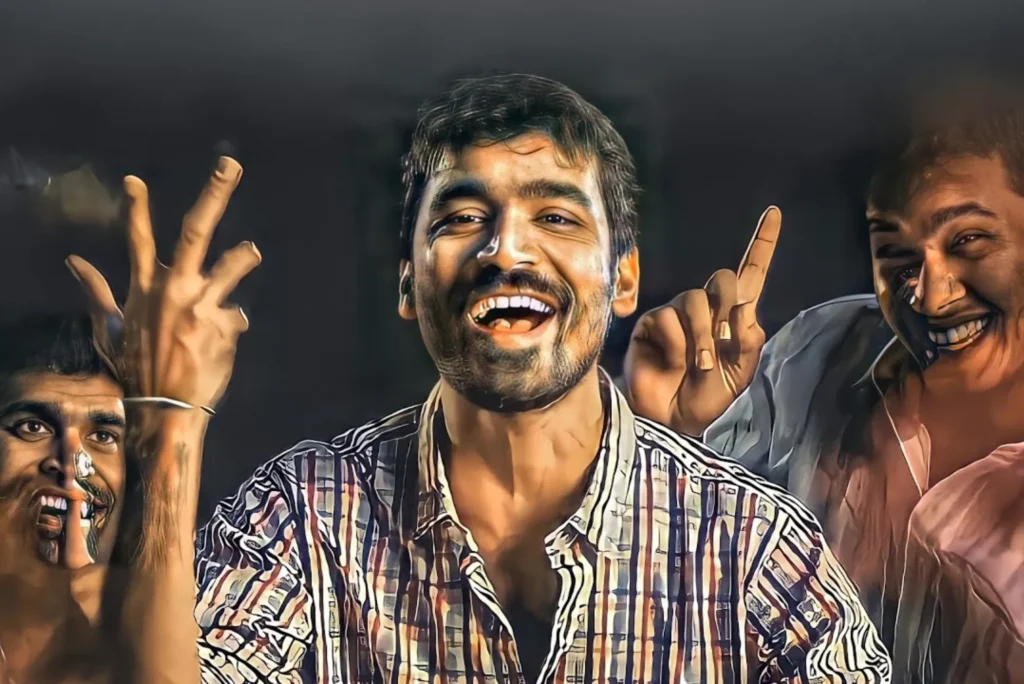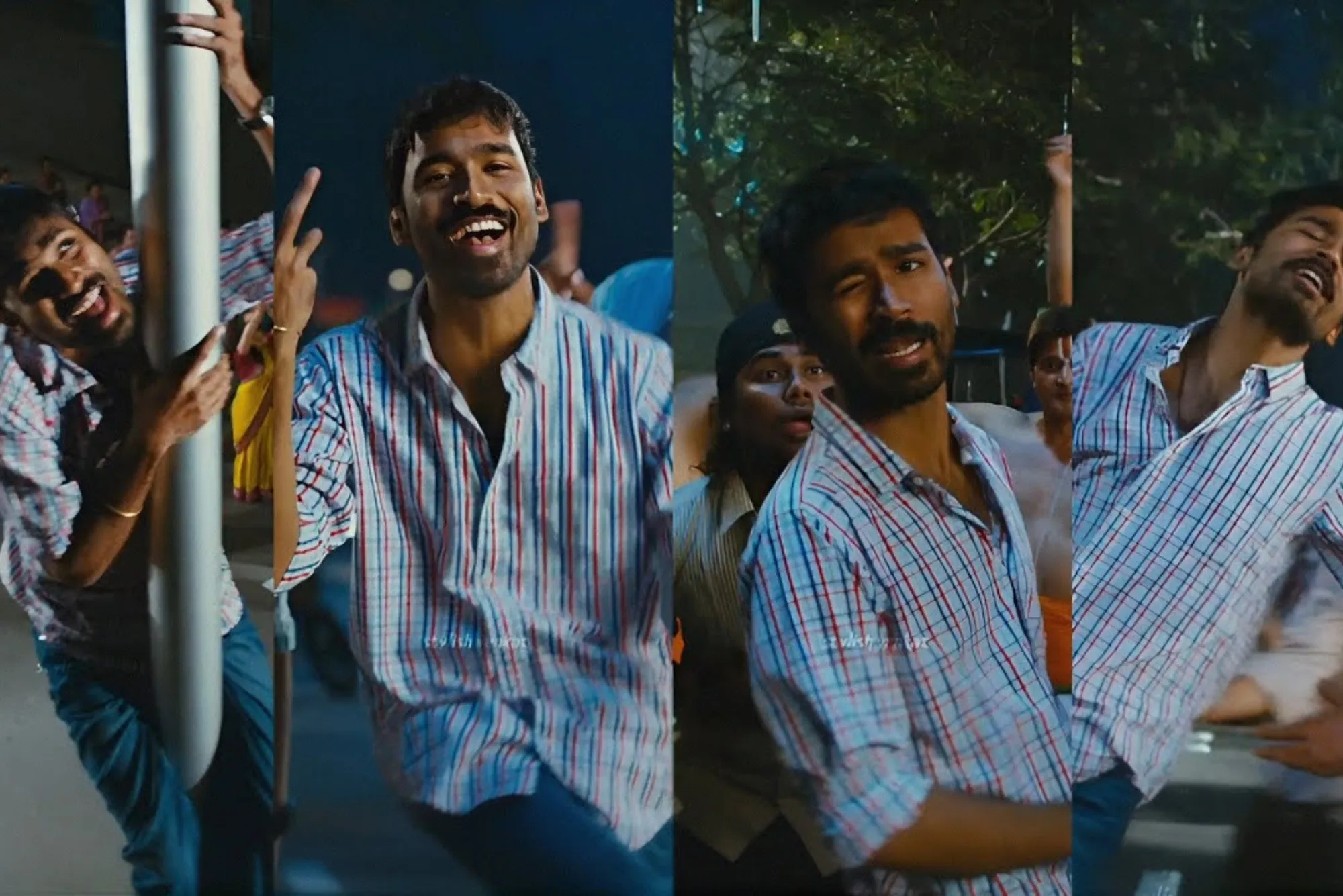Karuvad songs, steeped in cultural heritage and regional traditions, offer a glimpse into the vibrant tapestry of music in various communities. Originating from [PLACE], these songs hold profound significance in local celebrations and gatherings. Let’s delve deeper into the essence of Karuvad songs, exploring their history, musical elements, notable performers, and their impact on modern music.
History and Origin
Karuvad songs boast a fascinating history deeply entrenched in the cultural fabric of [PLACE], where they originated centuries ago. The genesis of Karuvad songs can be traced back to [TIME PERIOD], a time when oral traditions served as the primary means of storytelling and community expression.
Origins in Folklore and Rituals
These songs emerged as a form of expression among [SPECIFIC COMMUNITY or CULTURE], serving various purposes ranging from storytelling to ritualistic ceremonies. Rooted in folklore and mythology, Karuvad songs often narrate tales of heroism, love, and the supernatural, captivating audiences with their vivid imagery and lyrical prowess.
Evolution over Time
As societies evolved and new cultural influences emerged, Karuvad songs underwent a transformation, adapting to the changing times while retaining their core essence. where communities would gather to celebrate, mourn, or commemorate significant events.
Cultural Significance
Karuvad songs hold immense cultural significance, serving as a repository of collective memories and traditions passed down through generations. They are deeply intertwined with the social fabric of [PLACE], reflecting the values, beliefs, and struggles of its people. Whether sung during harvest festivals, weddings, or religious ceremonies, Karuvad song serve as a unifying force, fostering a sense of belonging and identity among community members.
Role in Oral Tradition
Central to the oral tradition of [PLACE], Karuvad songs were often transmitted orally from one generation to the next, with each rendition adding layers of meaning and interpretation. Through these songs, historical events were recounted, ancestral wisdom imparted, and cultural heritage preserved, ensuring continuity and cohesion within the community.
Musical Elements of Karuvad Songs
Karuvad songs are characterized by a rich tapestry of musical elements that reflect the cultural heritage and traditions of the communities that perform them. From instrumentation to lyrical content, each aspect contributes to the distinctiveness and allure of Karuvad songs, captivating audiences with their melodious charm and rhythmic complexity.
Traditional Instrumentation
At the heart of Karuvad songs lies a diverse array of traditional instruments, each lending its unique timbre and texture to the musical composition. Percussion instruments such as the [SPECIFIC INSTRUMENT], [SPECIFIC INSTRUMENT], and [SPECIFIC INSTRUMENT] provide the rhythmic backbone, infusing the songs with energy and vitality. String instruments like the [SPECIFIC INSTRUMENT] and [SPECIFIC INSTRUMENT] add melodic depth and resonance, weaving intricate melodies that complement the vocals.

Rhythmic Beats and Patterns
The rhythmic patterns in Karuvad songs are as diverse as the communities that perform them, ranging from lively and upbeat to soulful and contemplative. Percussive elements play a central role in driving the rhythm forward, with intricate patterns and syncopated accents creating dynamic textures that engage listeners and inspire movement. Whether accompanied by the steady pulse of a drum or the rapid-fire beats of a tambourine, the rhythmic heartbeat of Karuvad songs is infectious, inviting audiences to immerse themselves in the music and dance.
Lyrical Content and Themes
The lyrics of Karuvad songs are imbued with rich imagery and symbolism, drawing inspiration from folklore, mythology, and everyday life. Themes of love, longing, heroism, and spirituality are common motifs, reflecting the universal experiences and emotions shared by humanity. Through poetic verses and evocative storytelling, Karuvad songs transport listeners to distant lands and bygone eras, inviting them to contemplate the mysteries of existence and the beauty of the human spirit.
Melodic Phrases and Harmonies
Melodically, Karuvad songs are characterized by fluid melodic phrases and lush harmonies that evoke a sense of timelessness and nostalgia. Vocalists often employ ornamentation and improvisation to add expressiveness and depth to their performances, infusing each note with emotion and nuance. Harmonically, Karuvad songs may feature modal scales and chord progressions that reflect the musical traditions of [PLACE], lending a distinct flavor to the melodic landscape.
Performance Style and Interpretation
The performance style of Karuvad songs varies depending on the cultural context and the preferences of the performers. Some renditions may be highly structured and choreographed, with intricate vocal harmonies and synchronized movements that showcase the skill and artistry of the performers. Others may be more spontaneous and improvisational, allowing for greater freedom of expression and interaction between the musicians and the audience. Regardless of the approach, the essence of Karuvad songs lies in their ability to captivate and enchant, transporting listeners to a world of beauty and wonder.
Popularity and Influence
Karuvad songs have transcended regional boundaries, gaining popularity beyond their place of origin. Their infectious rhythms and soul-stirring melodies have found their way into modern music, influencing contemporary artists and genres. From traditional performances at local festivals to mainstream collaborations, Karuvad songs continue to captivate audiences worldwide.

Notable Performers and Composers
Throughout history, several artists have made significant contributions to the Karuvad song tradition. Legends such as [ARTIST NAME] and [ARTIST NAME] are revered for their mastery of the art form, preserving its authenticity while infusing it with their unique style. In the contemporary music scene, emerging talents are carrying forward the legacy, ensuring that Karuvad songs remain relevant in today’s musical landscape.
Jalsa Naa Songs: A Comparative Perspective
While Karuvad songs hold a distinct place in regional music, they share similarities with other musical genres such as Jalsa Naa songs. Both genres are synonymous with [SPECIFIC OCCASIONS], featuring lively rhythms and energetic performances. However, nuances in instrumentation and lyrical content differentiate the two, offering a diverse musical experience for listeners.
Influence of Modern Icons on Karuvad Songs
In recent years, modern icons like Arijit Singh have played a pivotal role in shaping the trajectory of Karuvad songs. With his soulful renditions and versatile voice, Arijit Singh has brought a contemporary flair to traditional melodies, appealing to audiences across generations. His impact extends beyond the studio, inspiring aspiring artists to explore the rich repertoire of Karuvad songs.
Preservation and Future of Karuvad Songs
As cultural landscapes evolve, efforts to preserve the tradition of Karuvad songs become increasingly vital. Cultural organizations and enthusiasts are taking proactive steps to document and promote this musical heritage, ensuring its longevity for future generations. With the advent of technology and globalization, the future of Karuvad songs holds endless possibilities, as they continue to evolve and adapt to new audiences and contexts.
Karuvad songs stand as a testament to the enduring power of music in preserving cultural identity and fostering community connections. As we celebrate their rich history and vibrant melodies, let us embrace the spirit of inclusivity and appreciation for diverse musical traditions. Through continued exploration and engagement, Karuvad songs will undoubtedly continue to thrive, enriching our lives with their timeless beauty and profound storytelling.

